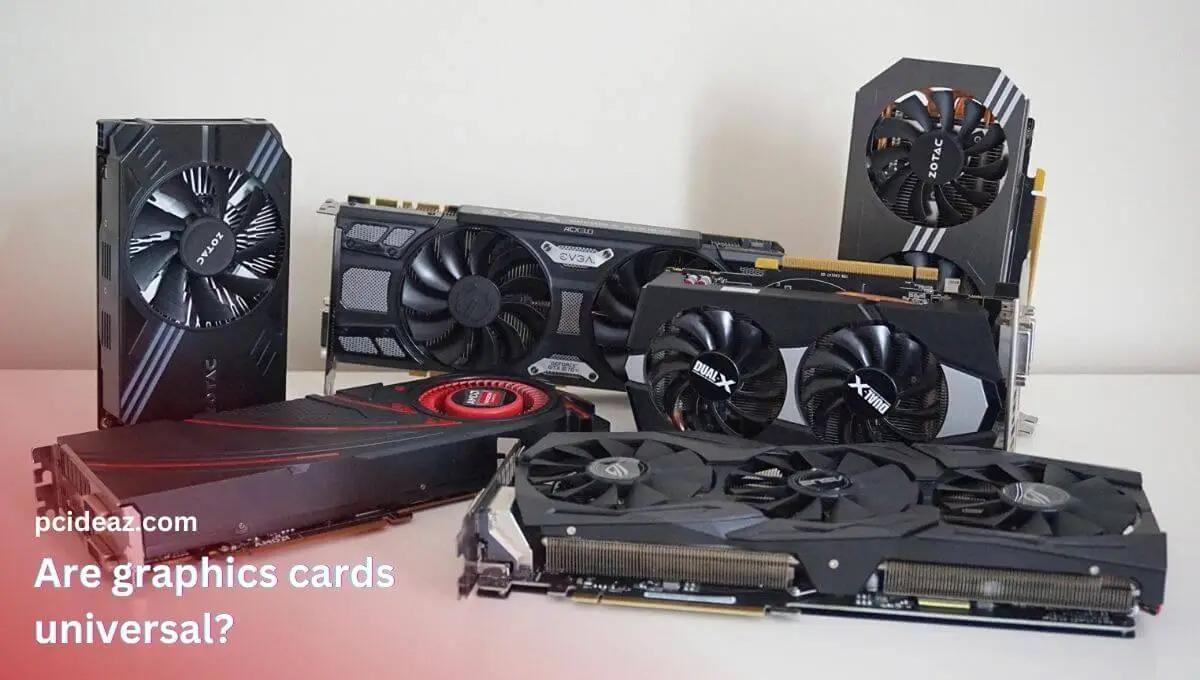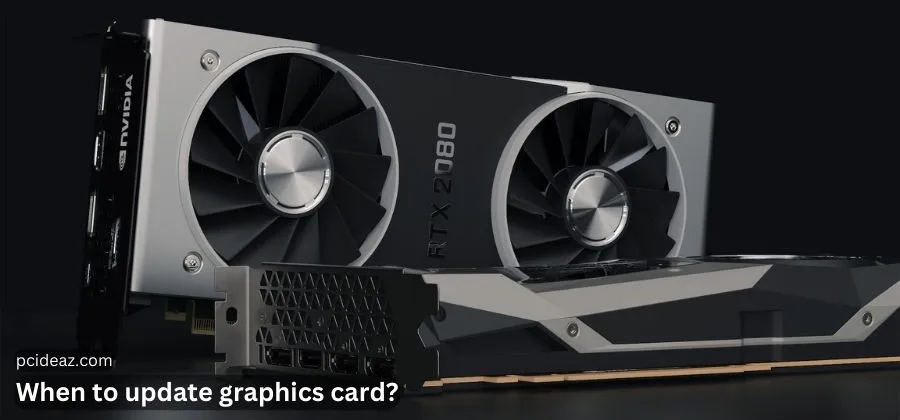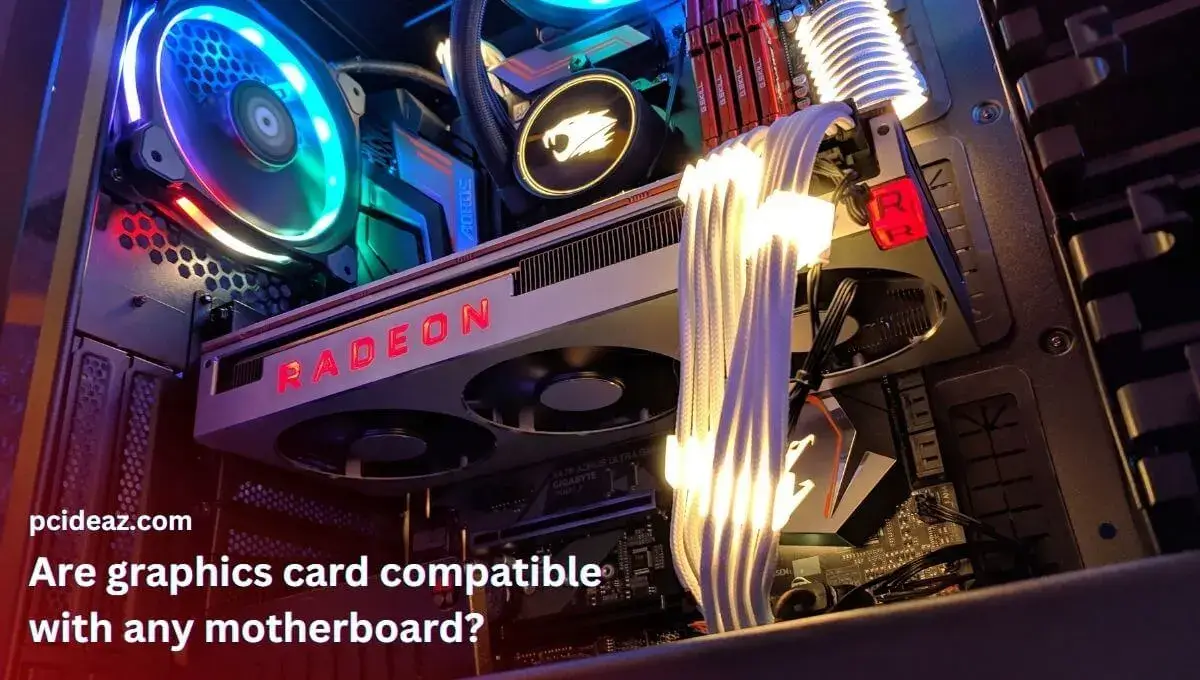A graphics card is a vital component in a computer system as it determines its graphics and visual output performance. Upgrading or building a computer often requires choosing a graphics card. One of the questions that arise when considering a graphics card is whether it is universal or not. In this article, we will explore are graphics cards universal and the concept of universality regarding graphics cards.
We will look at the various factors that determine the compatibility of a graphics card with a computer system, such as the motherboard, power supply, operating system, and additional software. We will also explore the display connections, BIOS recognition, and warranty/support offered by manufacturers, which can play a role in determining the universality of graphics cards. Let’s learn!
Key Takeaways
- Graphics cards are not universally compatible with all computers and operating systems.
- Check the power requirements, size, compatibility factors, BIOS, operating system compatibility, etc., to determine GPU universality.
Are graphics cards universal?
Graphics cards are not universally compatible with all computers and operating systems. Many factors determine compatibility, such as the motherboard, power supply, and other components. Additionally, graphics cards may require specific drivers or software to work correctly and have different power requirements or display connections.
While most graphics card manufacturers design their cards to be as compatible with as many systems as possible, some models may be designed for specific types of computers or use cases and may not be compatible with all systems.
It’s essential to check the GPU’s compatibility with your specific computer and operating system before purchasing, as well as the card’s power requirements, additional software, and display connections. Also, check the warranty and support offered by the manufacturer, as a universal graphics card should have good warranty and support.
Factors determining GPU universality
If you’re purchasing a universal GPU, compatibility with graphics cards is the only thing you’ll need to consider. You can already see that your integrated graphics card is compatible if you intend to play video games with it:
- Check compatibility: Compatibility is one of the most critical factors in determining universality. Ensure the graphics card is compatible with your computer’s motherboard, power supply, and other components. Check the interface and size of the card to ensure that it will fit into the available slot.
- Check operating system recognition: Make sure your system recognizes the graphics card and the necessary drivers are installed automatically. Check if your operating system is compatible with the graphics card you have or planning to have.
- Check power requirements: Check that the graphics card does not require additional power connectors or adapters to work correctly. It should be able to draw power from the motherboard through the available slot.
- Check additional software: Make sure that any additional software required to fully utilize the card’s capabilities is easy to install and understand.
- Check Display Connections: Make sure the graphics card has the necessary connections to connect to a monitor or other display devices, such as HDMI, DisplayPort, or DVI.
- Check BIOS recognition: Make sure that the BIOS recognizes the graphics card and that no additional settings need to be changed in the BIOS for it to work.
- Check the warranty and support offered by the manufacturers. A universal graphics card should have a good warranty and support.
- Read the users’ reviews and research the compatibility of the graphic card with the intended use. For example, if you want to use the card for gaming, check the card’s compatibility with the game you want to play.
By checking all these factors, you can determine whether a graphics card is universal and whether it will work properly with your computer.
Conclusion
Graphics cards are not universally compatible with all computers and operating systems. Compatibility is determined by various factors such as the motherboard, power supply, operating system, additional software, display connections, BIOS recognition, and warranty/support offered by manufacturers. While most graphics card manufacturers design their cards to be as compatible with as many systems as possible, some models may be designed for specific types of computers or PC cases and may not be compatible with all systems.
It’s essential to check the compatibility of a graphics card with your specific computer and operating system before purchasing, as well as the card’s power requirements, additional software, and display connections. Additionally, check the warranty and support offered by the manufacturer, as a universal graphics card should have good warranty and support. Researching and checking for compatibility before purchasing is crucial to ensure that the graphics card will work properly with your computer.







